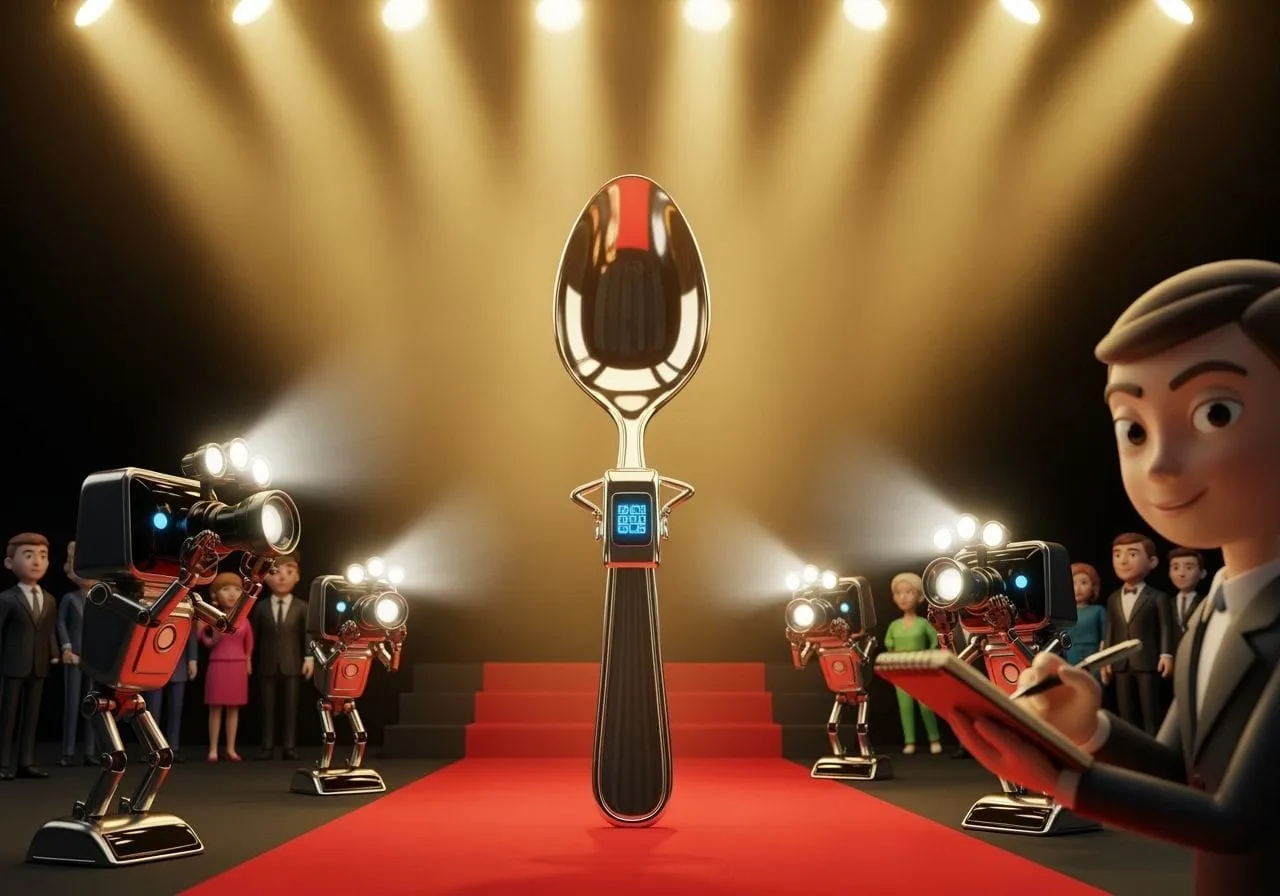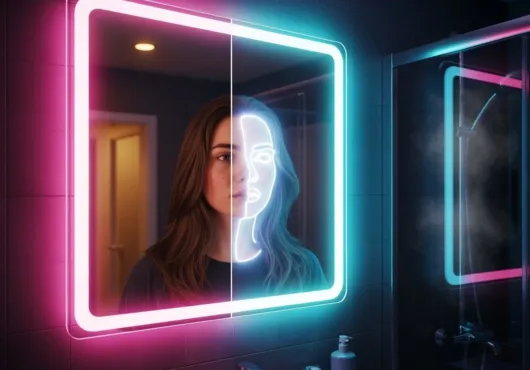Proof that just because you can doesn’t mean you should.
Like What You Read? Dive Deeper Into AI’s Real Impact.
Keep ReadingSome AI products made it through pitch meetings, VC rounds, and beta testing—all without someone slamming the brakes and asking, “Wait… why are we doing this?” The result? A series of cringe-worthy, privacy-shredding, problem-looking-for-a-solution tools that are somehow real.
Let’s take a tour of some AI ideas that escaped the lab and made it into the wild. Spoiler: humanity may not have been ready, and neither was the tech.
AI Girlfriends You Can Subscribe To
“Because emotional intimacy should cost $9.99/month.”
Yes, it’s a real thing. Voice-matching, mood-detecting, and often NSFW, these AI “companions” whisper sweet nothings via your phone and text you reminders to drink water—because no one in your life does that anymore.
Critics warn this is less romantic evolution, more lonely men as a service. But the revenue is booming, so naturally, new startups are jumping in faster than you can say “digital codependency.”
AI That Writes Fake Obituaries
“Automated grief, now with SEO optimization.”
A funeral-tech company thought it would be a good idea to let GPT-style tools write obits based on a few prompts. The result?
“John enjoyed breathing, eating, and the occasional bird.”
“She was a woman. She lived. She died. She will be missed by those who miss her.”
One even accidentally hallucinated a second family that the deceased did not, in fact, have. Lawsuit pending.
AI That Auto-Rejects Job Applicants in 3 Seconds
“Your resume has been scanned, scored, and silently deleted.”
These systems are supposed to help HR sort resumes efficiently, but in reality, they’ve become Kafka in code. Slight formatting error? Rejected. No exact keyword match? Rejected. Underqualified and overqualified at the same time? Welcome to the void.
The kicker? Many of these tools are black boxes—companies can’t even explain why they said no. But sure, trust the bot.
Emotion-Detecting Cameras in Classrooms
“Because what a 7-year-old really needs is facial surveillance.”
Rolled out in some “smart” education pilot programs, these cameras claim to monitor students’ engagement by analyzing facial expressions. You know, because every child has the same way of showing they’re paying attention.
One report flagged a child as “disengaged” for blinking too slowly. Another flagged a student for fidgeting—he had ADHD.
AI That Generates Emails You’ll Never Send
“Inbox zero through paralysis.”
Apps that auto-write your replies are everywhere now—until you realize you’ve spent more time editing the auto-drafted message than you would’ve just typing, “Sounds good, let’s talk Friday.”
Worst case: sending a hyper-formal email to your roommate about splitting rent.
Best case: an uncanny reminder that maybe we should just… write the damn email.
Final Thoughts:
These tools aren’t theoretical. They’re on app stores, in classrooms, in job pipelines, in grief management software.
The future isn’t coming—it showed up early and brought snacks, poorly-written eulogies, and a subscription to your feelings. Let’s just hope version 2.0 comes with a little more wisdom and a lot more human oversight.



